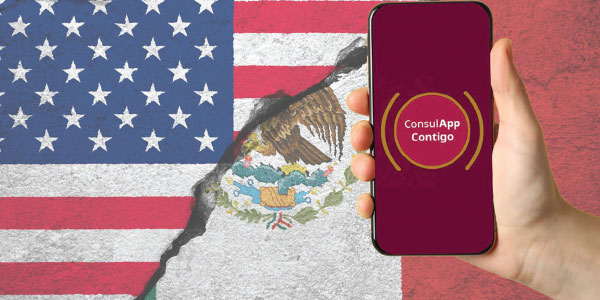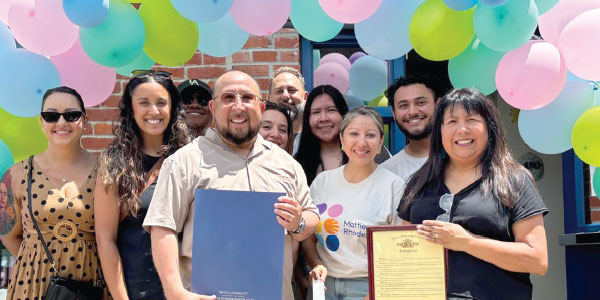
Heat stroke is defined as a core body temperature usually in excess of 40ºC (104ºF) with central nervous system symptoms in the setting of a large environmental heat load that cannot be dissipated. There are two 2 kinds of heat stroke: classical and exertional.
Classical heat stroke occurs in patients in extremes of age (very young or elderly) or with chronic medical conditions, in general people who can’t remove themselves from a hot environment, or don’t have access to hydration or cooling.
Exertional heat stroke occurs in young, otherwise healthy individuals who engage in heavy exercise during periods of high ambient temperature and humidity. Examples include: Construction workers, athletes and military recruits in basic training.
Symptoms:
Symptoms of exposure to high temperatures in general progress from milder heat related illnesses, including heat cramps, heat syncope (fainting) and heat exhaustion (feeling extremely tired) to heat stroke.
Heat stroke is the most severe manifestation of prolonged exposure to high temperatures in combination with dehydration. Besides the elevated body temperature, the patient may report severe headaches, weakness, somnolence, nausea, muscle aches or dizziness. Physical findings may include flushing (cutaneous vasodilation), the skin might be moist or dry. The patient might have rapid heart rate, rapid breathing, and evidence of neurologic dysfunction, such as altered mentation, slurred speech, irritability, inappropriate behavior, agitation, ataxia and other signs of poor coordination, delirium, seizures, and coma.
What to do with these patients?
Call 911 or take the patient to the hospital as this could be life threatening. While waiting for paramedics to arrive:
Move the person to an air-conditioned environment — or at least a cool, shady area
Remove any unnecessary clothing.
Attempt cooling strategies:
Fan air over the patient while wetting his or her skin with water from a sponge or garden hose.
Apply ice packs to the patient’s armpits, groin, neck, and back.
Only if the patient is young and heathy and suffered heat stroke while exercising vigorously, you can also use an ice bath to help cool the body. (Do not use in children, sick or older adults)
Additional information: Web MD and CDC
Golpe de calor o insolación
La insolación se define como una temperatura corporal central generalmente superior a 40ºC (104ºF) con síntomas del sistema nervioso central en el contexto de una gran carga de calor ambiental que no se puede disipar. Hay dos clases de insolación: clásica y de esfuerzo.
Insolación clásica: ocurre en pacientes de edades extremas (muy jóvenes o muy mayores) o con condiciones medicas crónicas, en general personas que no pueden separarse de un ambiente caluroso o que no tienen acceso a la hidratación o enfriamiento.
Insolación de esfuerzo: ocurre en personas jóvenes, por lo demás sanas, que realizan ejercicio pesado durante periodos de temperatura y humedad ambiental elevadas. Ejemplos incluyen: albañiles, atletas y reclutas militares en entrenamiento básico.
Síntomas:
Los síntomas de la exposición a altas temperaturas en general progresan desde enfermedades más leves relacionadas con el calor, incluyendo calambres por calor, síncope por calor (desmayos) y agotamiento por calor (sentirse extremadamente cansado) hasta golpe de calor.
La insolación es la manifestación más grave de la exposición prolongada a altas temperaturas en combinación con la deshidratación. Además de la elevada temperatura corporal, el paciente puede reportar dolores de cabeza severos, debilidad, somnolencia, náuseas, dolores musculares o mareos. Los hallazgos físicos pueden incluir rubor (vasodilatación cutánea), la piel puede estar húmeda o seca. El paciente puede tener frecuencia cardíaca rápida, respiración rápida y evidencia de disfunción neurológica, como alteración de la mentalidad, dificultad para hablar, irritabilidad, comportamiento inapropiado, agitación, ataxia y otros signos de falta de coordinación, delirio, convulsiones y coma.
¿Qué hacer con estos pacientes?
Llama al 911 o lleve al paciente al hospital ya que esto podría ser de vida o muerte. Mientras espera que los paramédicos lleguen:
Mueva a la persona a un ambiente con aire acondicionado – o por lo menos a un área fresca y sombreada.
Remueva cualquier ropa innecesaria.
Intente estrategias de enfriamiento:
Ventile aire al paciente mientras moja su piel con agua de una esponja o manguera de jardín.
Aplique bolsas de hielo a las axilas, la ingle, el cuello y la espalda del paciente.
Sólo si el paciente es joven y sano y sufrió mientras hacia ejercicio vigoroso, puede también usar un baño de hielo para ayudar a refrescar el cuerpo. (No usar en niños, enfermos o adultos mayores).
Información adicional: Web MD y CDC
Dr. Myriam Ensling Internal Medicine and Obesity
5401 College Blvd. Suite 204
Leawood, KS 66211
(913) 317-5040 – (913) 317-5044
enslingmedicine@gmail.com
Escúchame el 1er lunes de cada mes en La Grande 1340 am, a las 1:30pm.










